DEC 2020 Blues Vol 36 No. 12 - 36TH ANNIVERSARY EDITION
- Text
- Edition
- Police
- Hpou
- Evans
- Barron
- Simper
- Supply
- News
- Enforcement
- Police
- News
- Magazine
- Magazine
- Firearm
- December
- November
- Soliz
- Enforcement
- Blues
Daniel O'Kelly 3. AVOID
Daniel O'Kelly 3. AVOID ARRESTS FOR NON-VIOLATIONS These are embarrassing, can lead to civil suits and are a waste of resources. The ability to classify firearms allows the specialist to know the legal difference between a pistol, a shotgun, a rifle, or an “other firearm” (which is neither a handgun nor a shotgun nor rifle) and which is not required to be registered with the ATF. Also, knowledge of the quirks in ATF rulings allows the specialist to avoid embarrassment by knowing things such as blank cartridges are not “ammunition” despite the fact that each of the three components that make them are ammunition separately. Well-developed knowledge of the category known as Curios and Relics will also allow the specialist to recognize those guns that would otherwise warrant an arrest for possession of an unregistered short-barreled rifle or shotgun but have been exempted. Again, civil suits for malicious prosecution and unlawful seizure of property can be avoided. 1. AVOID OVERLOOKING SERIOUS FELONY VIOLATIONS Pictured above are several small gadgets considered by the ATF to be machineguns just by themselves. They don’t shoot, but the simple drop-in installation of them allows a certain model of a gun to fire fully-automatic. The fact that such gadgets are easily made at home from common materials allows for them to be commonly encountered by law enforcement, and failure to recognize them allows violations to go unchecked. Other examples of overlooking a violation are that the mere frame of a gun, although not always recognized, is a firearm by itself. Also, ammunition com- 2. AVOID ACCIDENTS DUE TO IMPROPER GUN HANDLING The saying is that there are two kinds of gun-handlers: those who’ve had an accidental/unintentional discharge and those who will. Most classes of instruction will teach you that there are two places to check for ammunition in a gun (magazine or cylinder, and chamber); however, there are actually four places! There are also five safety considerations when test-firing a firearm. Do you know what they are? Many LE personnel have never heard of a gun that fires from an open-bolt. In such a design, the gun is meant to fire a cartridge upon chambering it. And many accidental/unintentional ponents are legally considered “ammunition” by themselves, even spent shell-casings. The ability to field-test an empty gun for full-auto capability is another valuable tool that helps avoid overlooking violations of law, and there are many more. discharges of a firearm result from the untrained handling of a modified firearm equipped with any number of after-market gadgets designed for various purposes. Of course, most accidental and unintentional discharges with injury result in expensive civil suits. 4. AVOID MISIDENTIFICATION OF EVIDENCE It is believed that if you were to inventory the average law enforcement evidence vault, you would find any number of firearms listed as “Smith & Wesson” although they were actually manufactured by another company for use with ammunition invented by the Smith & Wesson company, and which only bears that notice. There is the propensity for tin- kerers to build their own firearms based on a classic design, such as the 1911 pistol or AR15, by using mixed parts made by any combination of other companies. As a result, the slide may say “COLT” as clear as day, although the firearm (frame) was actually manufactured by another company. Unhappy and embarrassed is the LE witness to whom this fact is displayed in court by a defense attorney asking, “Where is the Colt that you reportedly took from my client?” You’ve also undoubtedly heard of “ghost guns” manufactured from home-made frames. That topic alone makes even some firearm laboratory personnel nervous when it comes time to be grilled about them in court by the defense. 5. LEARN THE OVERALL ABILITY TO EXPLAIN THE FACETS OF FIREARMS Defense attorneys have the liberty of letting the answer to one question bring about another question and do so indefinitely. For that reason, a firearm or ammunition witness needs to be able to explain more than just the definition into which a firearm falls. For example, being able to explain the eight steps that occur between the firing of one shot and the next are what can silence an attorney versus inviting them to do more digging. Also, being able to simply explain the differences between firearms that reload their own chamber automatically and those eight types that do not is key knowledge that establishes your credibility. 6. BECOME CLEAR ABOUT AMMUNITION: NORMALLY A VERY CONFUSING TOPIC For many people, ammunition is the most confusing facet of the firearm field. It becomes simple after you learn that the source of the confusion is the various naming systems used since metallic cartridges were invented. Armed with this information, a specialist can determine what counts as ammunition in support of a criminal prosecution and what does not. Knowledge of ammunition components allows recognition of such things as armor-piercing cartridges and those that require ATF registration to avoid prosecution. This means you will be able to quickly convert in your head that an exotic-sounding cartridge marked 7.62x63 is actually an American-designed .30 ’06 hunting cartridge manufactured in a metric-system country. 58 The BLUES POLICE MAGAZINE The BLUES POLICE MAGAZINE 59
- Page 1 and 2:
The BLUES POLICE MAGAZINE 1
- Page 4:
DECEMBER, 2020 • VOL. 36 NO. 12 M
- Page 8: IN MEMORY OF THOSE WHO DIED IN THE
- Page 12: IN MEMORY OF THOSE WHO DIED IN THE
- Page 16: The officers in NYC that arrested a
- Page 20: MICHAEL BARRON, BLUES FOUNDER REX E
- Page 24: Chase Cormier ready for XGAMES with
- Page 28: get your FREE SUBSCRIPTION to The B
- Page 32: Small town in S.C. loses entire pol
- Page 36: Working the night shift was somethi
- Page 40: Lift Kits Wheels Bed Covers Step Bo
- Page 44: 44 The BLUES POLICE MAGAZINE The BL
- Page 48: HOLIDAY GIFT GUIDE 2020 - GUNS, DUT
- Page 52: A Weary World Rejoices As we enter
- Page 56: 6 Personnel reasons why your agency
- Page 62: SHOW YOUR SUPPORT Shop for your ‘
- Page 66: ashlights epper spray BACK the BLUE
- Page 70: unning 4 heroes Zechariah Cartledge
- Page 74: Sometimes it helps just to talk EDI
- Page 78: Police Officer Marshall Waters, Jr.
- Page 82: A tradition that I have enjoyed for
- Page 86: City of Belton Hays County Criminal
- Page 90: 90 The BLUES POLICE MAGAZINE
Inappropriate
Loading...
Mail this publication
Loading...
Embed
Loading...


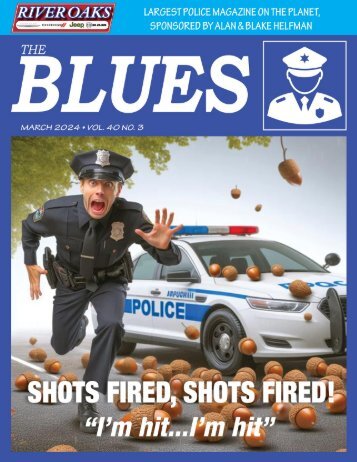

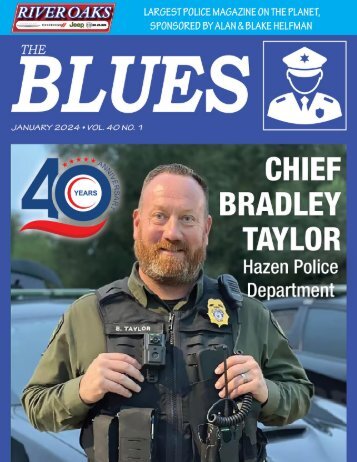
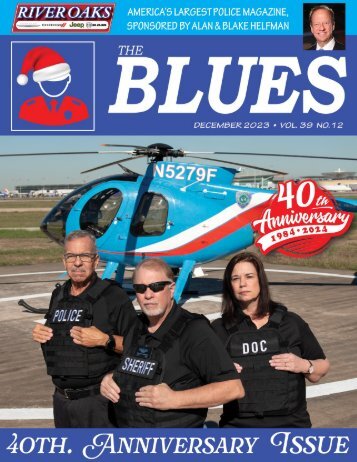
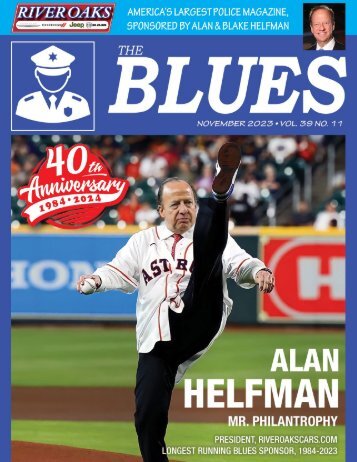

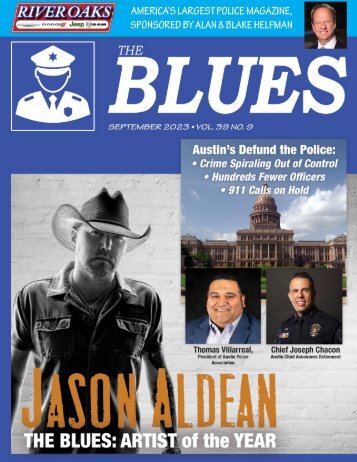
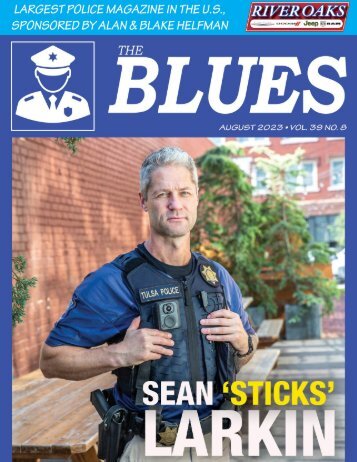
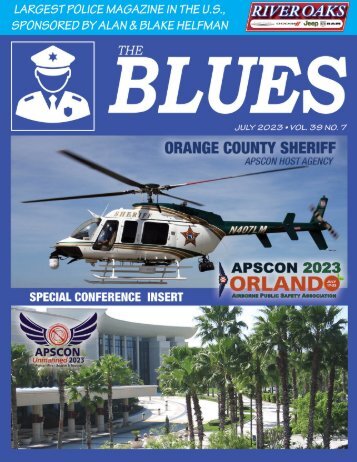
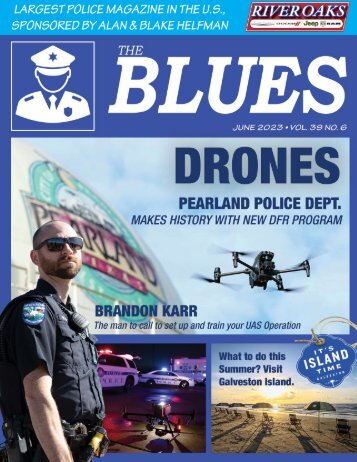
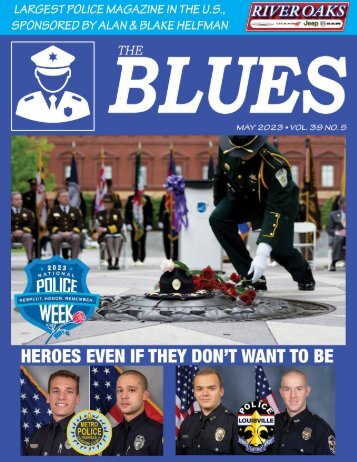
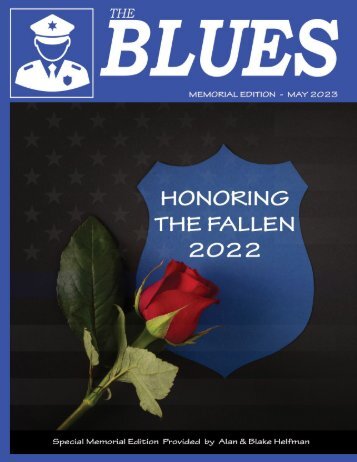
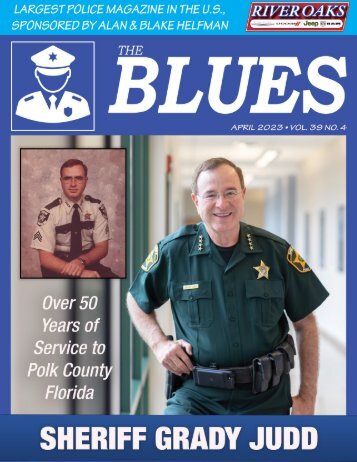
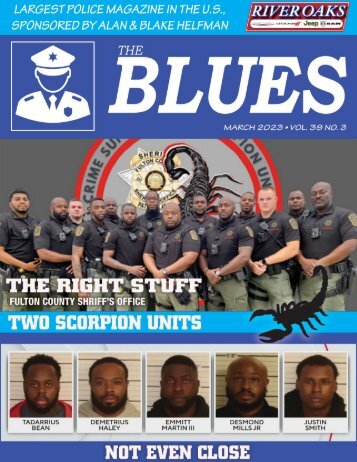
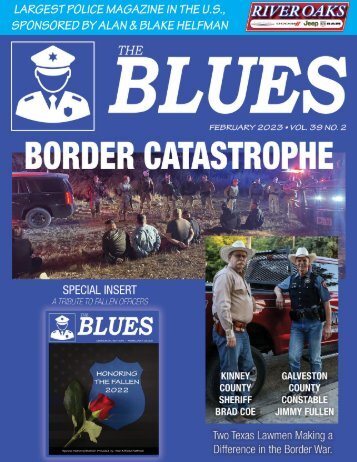
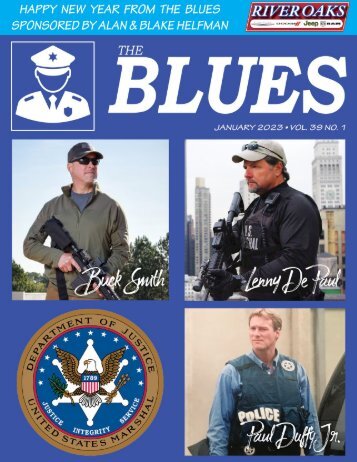

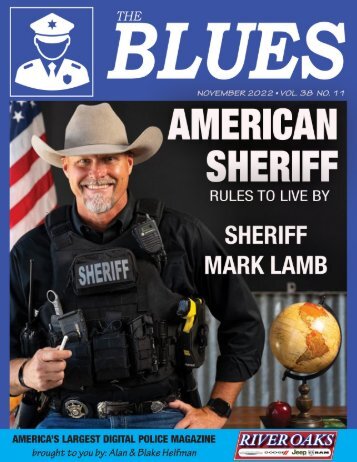
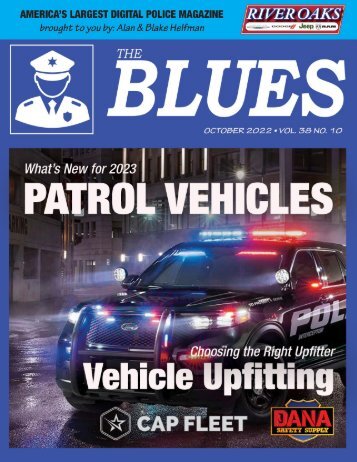
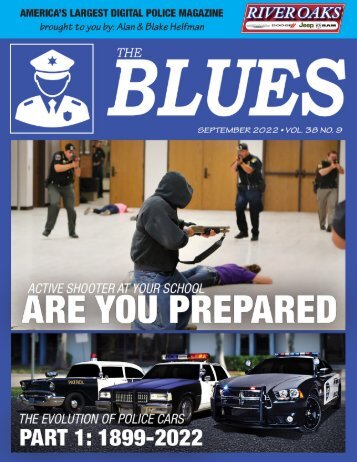
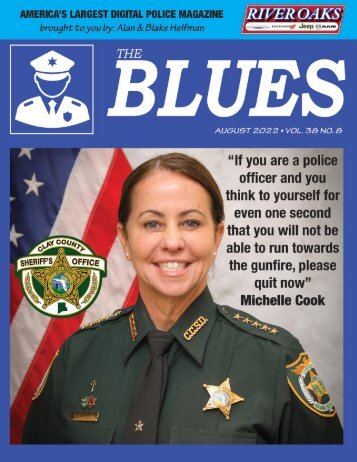
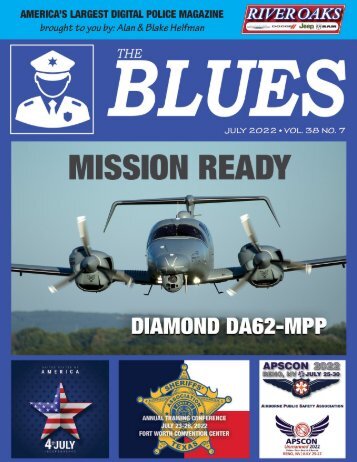
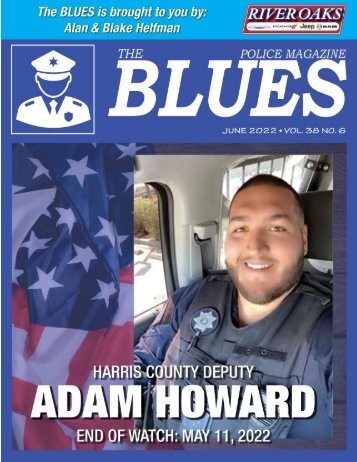
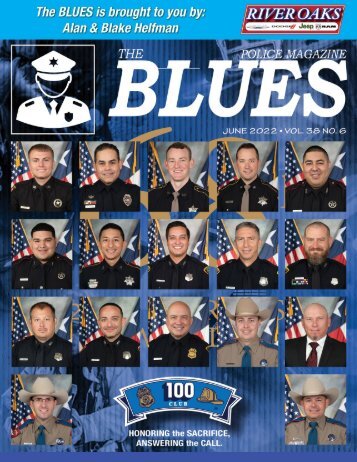
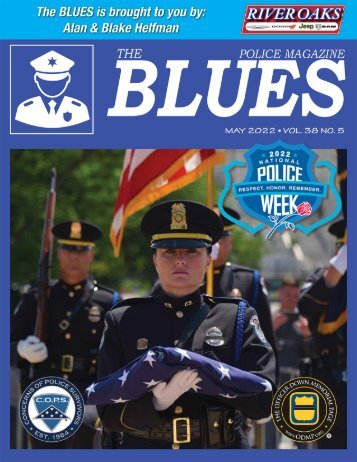
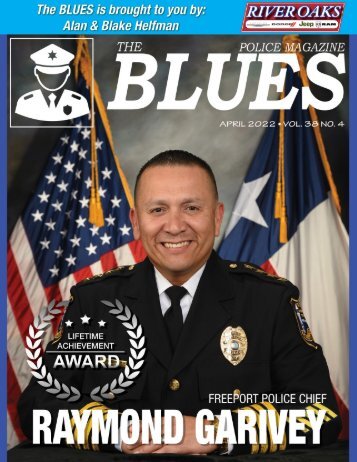
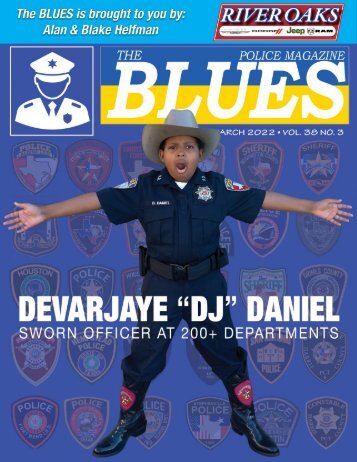
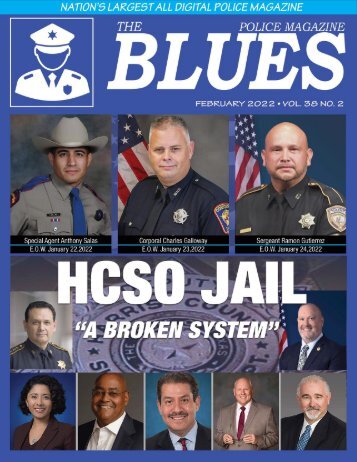
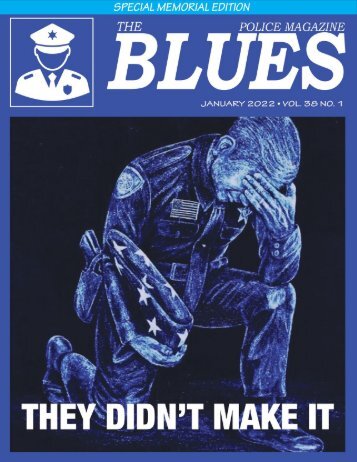
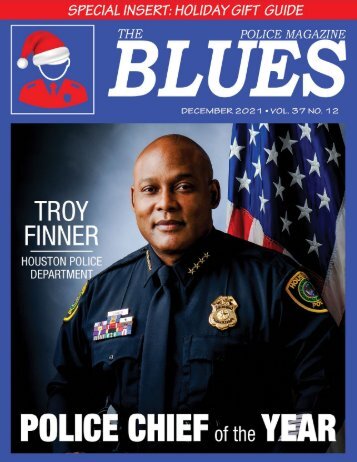

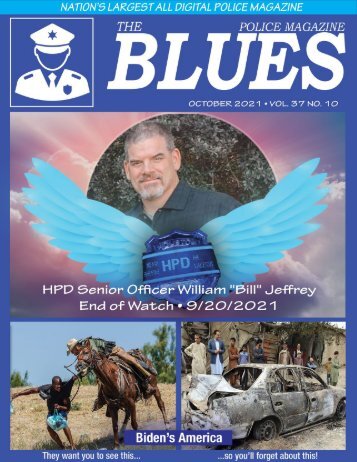
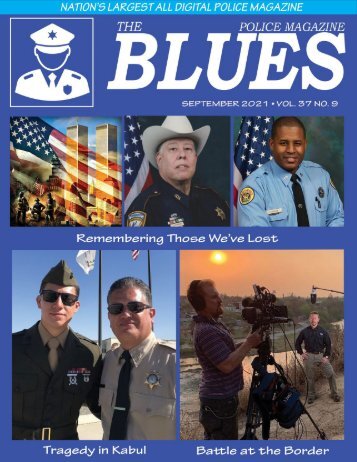

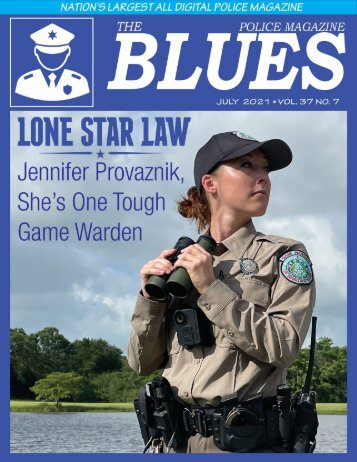



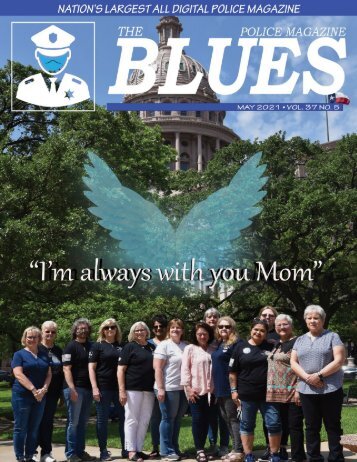
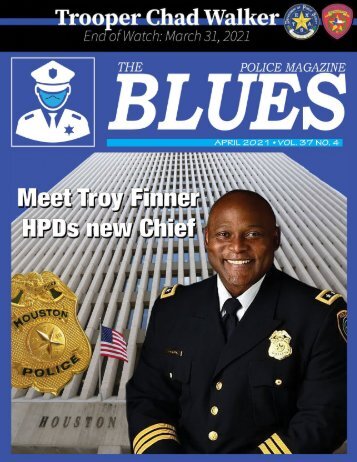
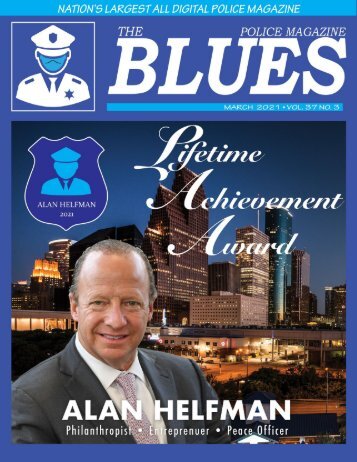
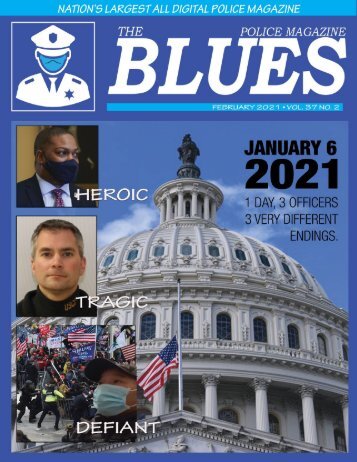

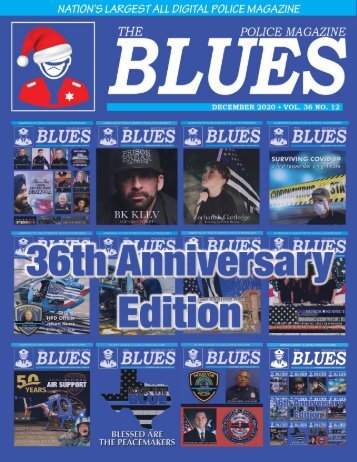
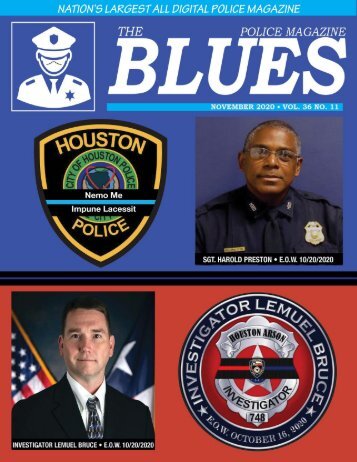
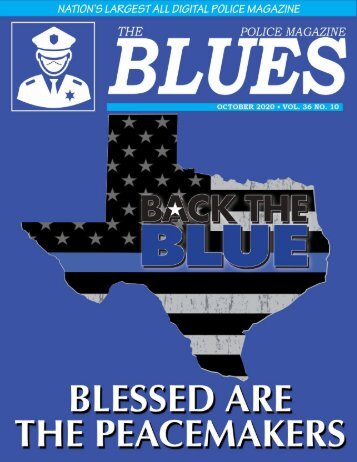
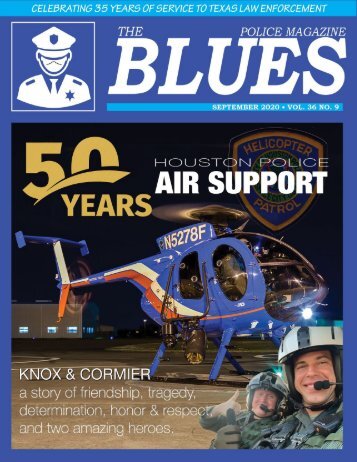
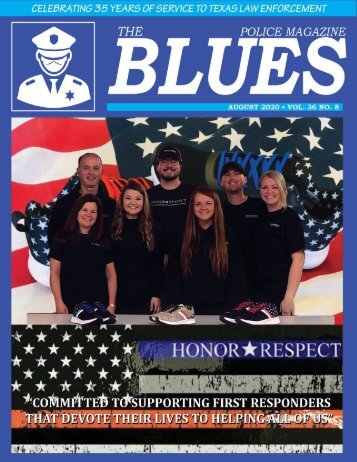
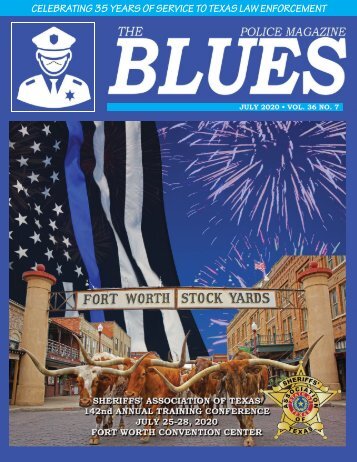
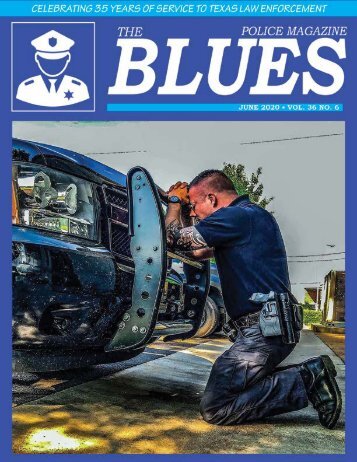
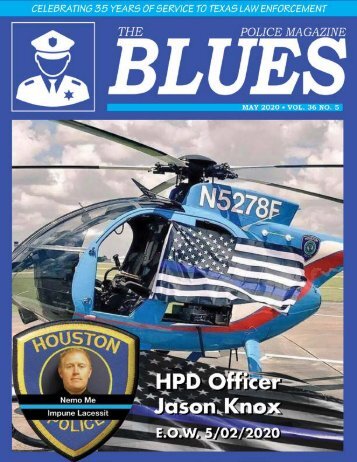
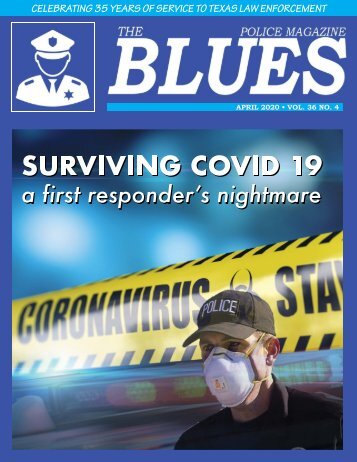


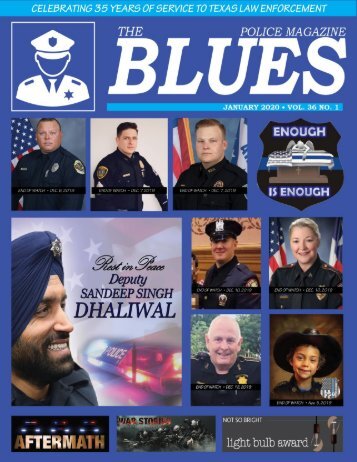
Follow Us
Facebook